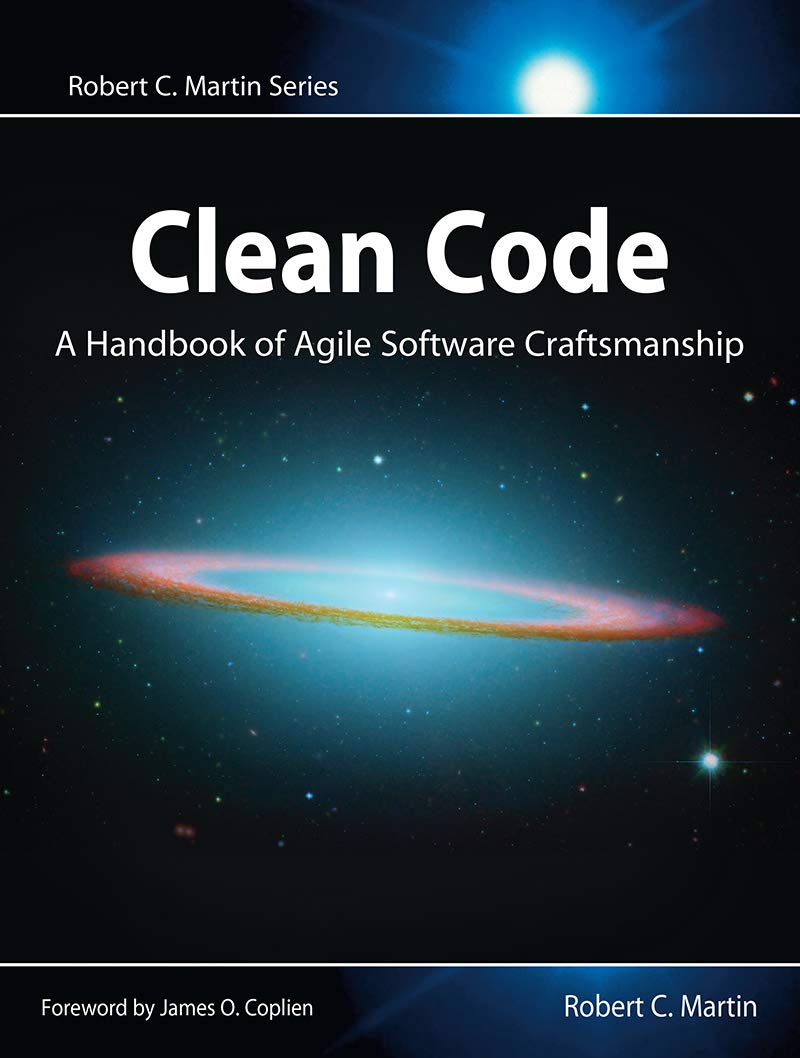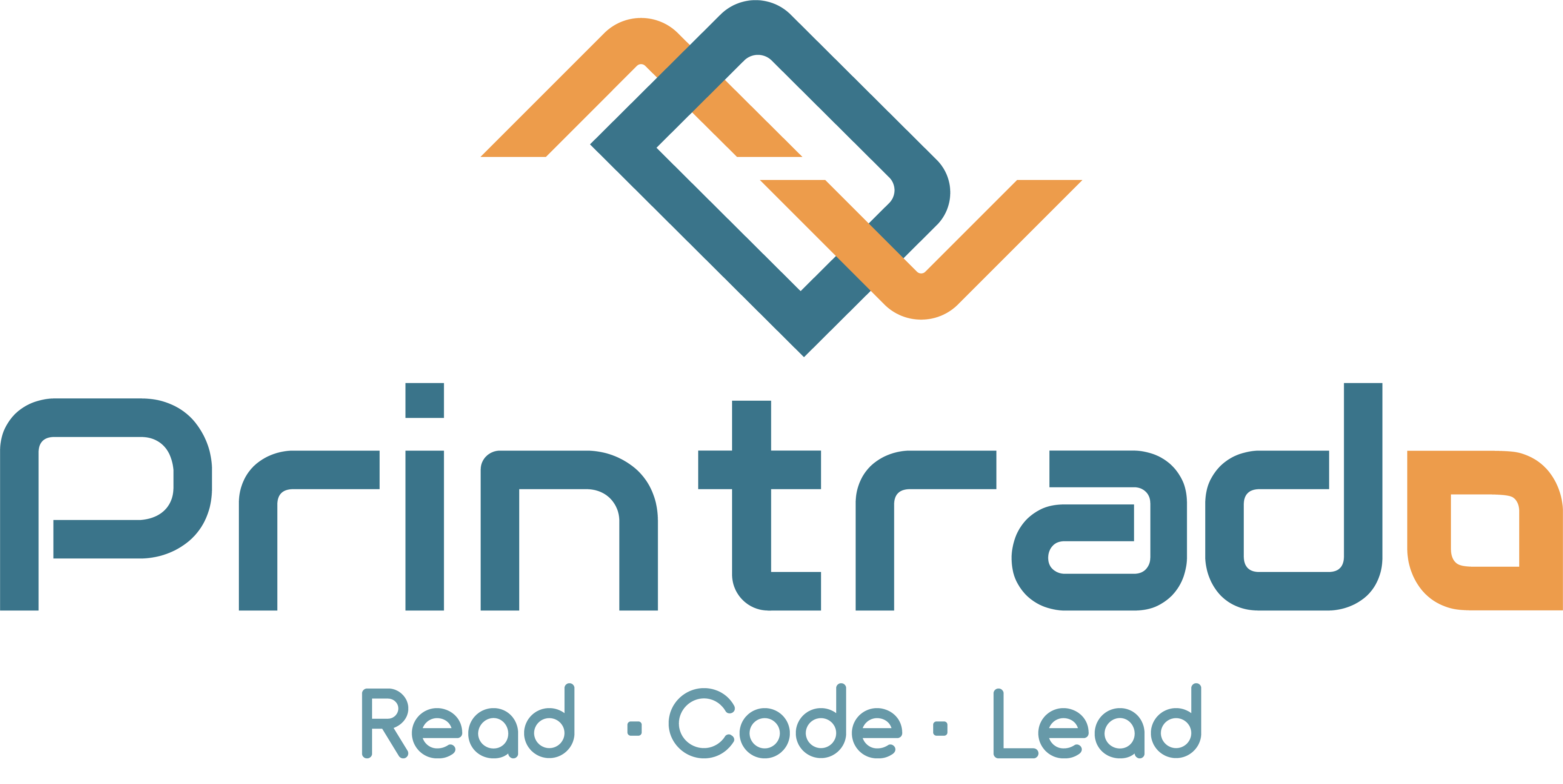Blog
Book Review: “Clean Code: A Handbook of Agile Software Craftsmanship” by Robert C. Martin

“Clean Code: A Handbook of Agile Software Craftsmanship” by Robert C. Martin, commonly referred to as Uncle Bob, is a seminal book in the field of software development, published in 2008. Its impact on the industry is palpable, as it shifted many developers’ focus from merely writing working code to writing well-crafted code that is easy to read, understand, and maintain. Below is a detailed review of this influential book.
Overview
“Clean Code” is structured into three parts. The first part outlines the principles, patterns, and practices of writing clean code. The second part consists of several case studies of increasing complexity, each a detailed example of cleaning up code. The third part is a single chapter that contains a list of heuristics and “smells” gathered while creating the case studies.
Content Quality
Robert C. Martin brings decades of experience in software engineering to the table, offering insights that are both profound and practical. The book dives deep into what it means to write “clean” code, arguing that it isn’t merely an art but a fundamental professional discipline. Martin insists that poor code quality can be a major reason for projects’ failure, as it leads to technical debt and decreased productivity.
Key Lessons
- Meaningful Names: The book emphasizes using names that reveal intent, making it easier for someone to understand the code quickly.
- Functions Should Do One Thing: Functions should be small and focused on a single task. This makes them easier to test, debug, and understand.
- Comments Are Not Excuses: Good code mostly documents itself. While comments can help, they should not be used to patch up poorly written code.
- Formatting Matters: Consistent formatting helps readability and, by extension, maintainability.
- Error Handling Is Important: Errors should be treated as a separate concern, not mixed in with business logic.
- Unit Tests: The book advocates for the Test-Driven Development (TDD) approach, emphasizing that software that isn’t testable isn’t verifiable either.
Practicality and Examples
One of the strongest points of “Clean Code” is its practical approach. Each chapter concludes with exercises and katas that challenge the reader to apply what they’ve learned. The case studies in part two are particularly useful, showing not just the “what” but the “how” of transforming code from a messy state to a clean one.
Criticisms
Despite its many strengths, “Clean Code” is not without its detractors. Some critics argue that the examples are too simplistic or that the rules can be too rigid, potentially stifling creativity or making code overly verbose. Others find that the book can be somewhat dogmatic in its approach, which might not always adapt well to every coding scenario or environment.
Conclusion
“Clean Code” is a must-read for developers of all levels who aspire to master the art of writing code that is as human-friendly as it is functional. While it may come off as prescriptive, the book’s core message about the importance of writing clean code is universally applicable. Emerging and experienced programmers alike can glean valuable insights from Martin’s teachings, making it a worthy addition to any developer’s library.
Overall, “Clean Code” delivers a compelling argument for why developers should regard their craft with the seriousness it deserves, aiming not just for functional software, but beautifully crafted code that future maintainers will understand and appreciate.
